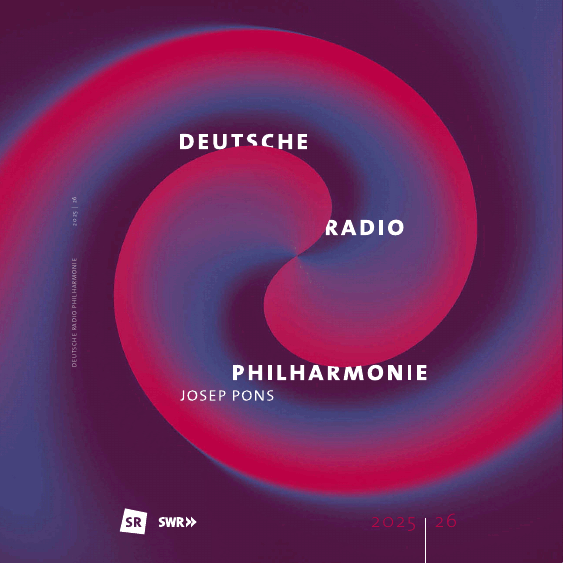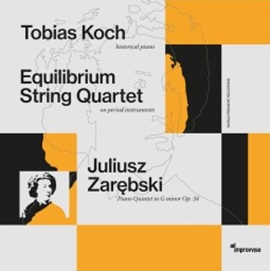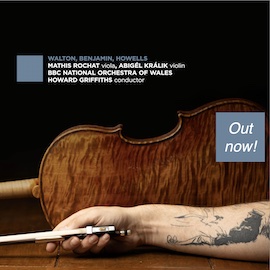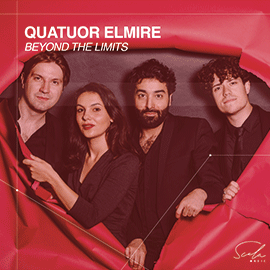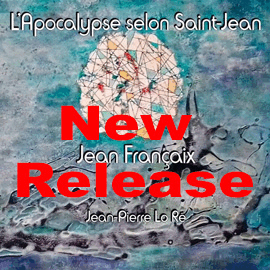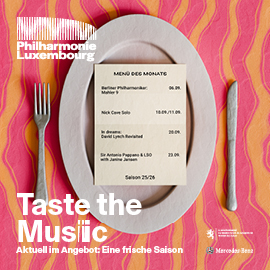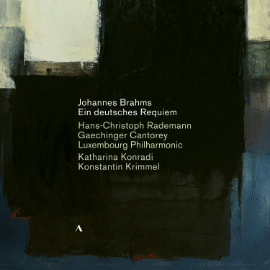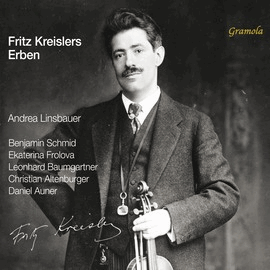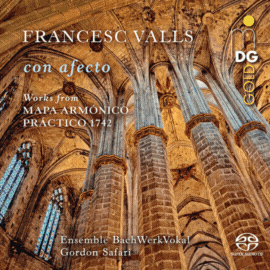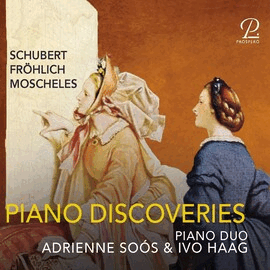Der Geiger Max Zorin sucht mit seiner Sammlung von Werken Verbindungen zwischen der klassischen Seite der Musik und dem Jazz. Gleichzeitig strebt er an, Stücke vorzutragen, die außerhalb des gewohnten Repertoires geführt werden. Mit dieser Sammlung, die Musik US-amerikanischer Provenienz zusammenbringt, wird er beiden Zielen gerecht. Die recht kurze Auswahl bietet auch den Jazzwalzer, den sein Klavierbegleiter Vincent Balse geschrieben hat.
Mit in das stilistische Vokabular des Gesamtwerks eingefügten afroamerikanischen Gesten und abrupten Wechseln und Unterbrechungen, die ihr einen wilden Charakter verleihen, bietet die Fantasie von Florence Price in Wirklichkeit eine hochgradig strukturierte Komposition.
Die an drei Skulpturen orientierte Suite für Violine und Klavier von William Grant Still vermittelt die Dringlichkeit des Bildes, die die Skulptur nicht ausdrücken kann mit einer Reihe von verschiedenen Tempi, wie bei einem Tanz, alle mit einem Blues-Twist.
Die Konzertfantasie über Themen aus Gershwin’s Porgy and Bess bietet verschiedene Stimmungswechsel und viele virtuose Passagen für die Violine, bevor die brillante Coda dieses anspruchsvolle Werk abschließt.
Aus den „24 Negro Melodies“ von Samuel Coleridge-Taylor, die afrikanische Volkslieder und Spirituals im klassischen Kontext beleuchten, ist „Deep River die ergreifendste Melodie. Die Adaption der amerikanische Geigerin Maud Powell bietet eine Recital-Version an.
Zorin und Balse gelingen farbige und klar konfigurierte Deutungen der angebotenen Werke, die ohne Abstriche die musikalischen Aussagen verdeutlichen und auch die instrumentalen Fähigkeiten der Instrumentalisten hervortreten lassen. Die dem Jazz zugeneigte Komponente ihres Spiels zeigen sie mit lässigen Schwung, ohne deswegen beliebig zu agieren. Damit erreichen sie für jede Stück eine eigene Charakteristik, so dass die Aufnahme verschiedene Stimmungen erzeugt.
With his collection of works, violinist Max Zorin seeks connections between the classical side of music and jazz. At the same time, he strives to perform pieces that are outside the usual repertoire. With this collection, which brings together music of US-American provenance, he does justice to both goals. The rather short selection also features the jazz waltz written by his piano accompanist Vincent Balse.
With African-American gestures inserted into the stylistic vocabulary of the work as a whole and abrupt changes and interruptions that give it a wild character, Florence Price’s fantasy in fact offers a highly structured composition.
The Suite for violin and piano by William Grant Still, based on three sculptures, conveys the urgency of the image that the sculpture cannot express with a series of different tempi, like a dance, all with a blues twist.
The Concert Fantasy on themes from Gershwin’s Porgy and Bess offers various changes of mood and many virtuoso passages for the violin before the brilliant coda concludes this demanding work.
From the 24 Negro Melodies by Samuel Coleridge-Taylor, which illuminate African folk songs and spirituals in a classical context, Deep River is the most poignant melody. The adaptation by American violinist Maud Powell offers a recital version.
Zorin and Balse succeed in creating colorful and clearly configured interpretations of the works on offer, which clarify the musical statements without compromise and also allow the instrumental abilities of the instrumentalists to shine through. They show the jazz-inclined component of their playing with a casual swing, without acting arbitrarily. In this way, they achieve their own characteristics for each piece, so that the recording creates different moods.



